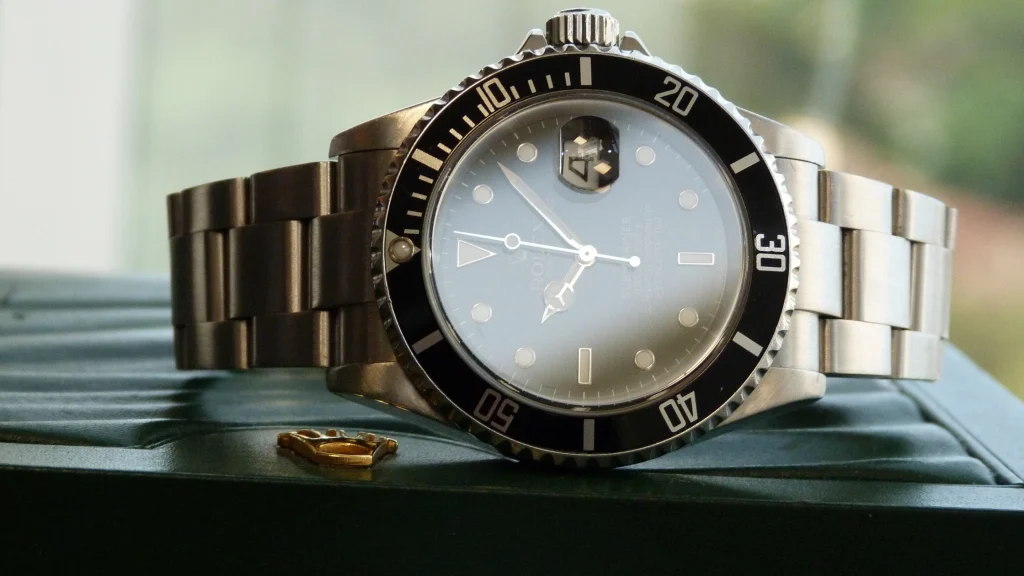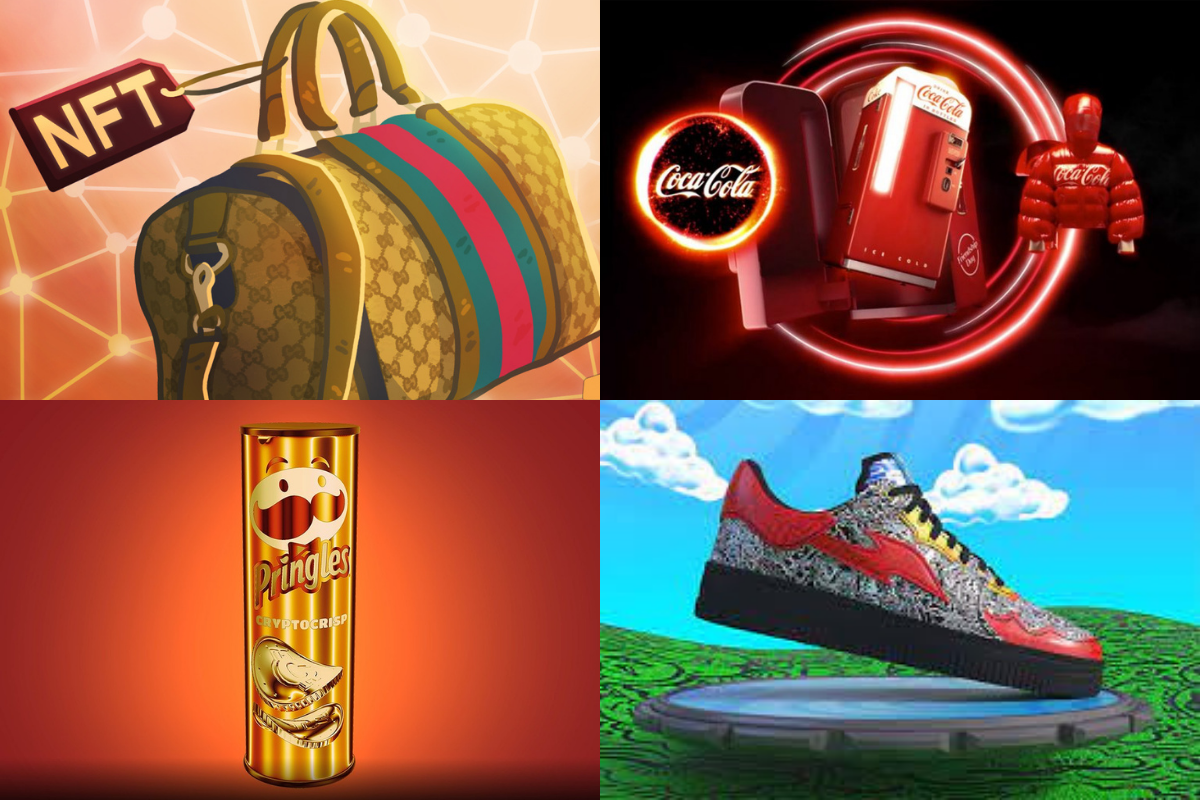With the advent of new technology, the concept of ‘ownership’ and ‘currency’ have been discussed a lot over the last few years. In reality though, as a society we have always maintained a nuanced understanding of what it means to ‘own’ something, and have developed any number of complex ways to assign value to trade-able objects.
Take for example the inhabitants of the island of Yap, whose chief form of trade-able currency up until the 19th century were huge 2.4 metre round stone ‘wheels’ called ‘Rai’ weighing as much as 2000 kg. Whilst it’s comical to think of the Yapese rolling their big stones to market, they were actually much more practical about matters: they simply remembered and conveyed by word of mouth who owned which stone, when. And even more interestingly, when a big Rai rolled down the hill and fell into the sea, it was still kept on the ‘roster’ of Rai and the owner maintained its tradable value. So long as it existed in the collective memory, it was valid even without its physical form being present.
Aside from being a very interesting piece of trivia, why might this matter in the realm of marketing and the idea of digital collectibles?
Moving from the tangible to the intangible

Well, the key idea is that even back in the 1600s, the Yap had a truly conceptual grasp of ownership. And indeed in Europe, similar ‘conceptualisations’ of ownership were also developing: the first cheque was issued to promise the payment of money in 1659, the Dutch invented financial shares in 1602 and the first Intellectual Property law came about in 1709, with the Queen Anne Copyright Act in the UK.
We quickly accommodated the idea that ownership didn’t have to be about the physical possession of or exclusion from something.
The resource could be artificially limited, rendered scarce or conceptually represented by social agreement – upheld in large part through the law.
It’s no surprise we’ve developed such nuanced notions of ownership though, given how foundational the concept is to us, personally, socially and economically. Be it through copyright, patent, trademark, legal right or financial instrument, we have adjusted to the idea that intangible ownership is as real as anything we can hold in our hand.
Why? Because people’s desire to own is not tied to an innate desire for an object itself. The concept of ownership is a powerful psychological tool that relates heavily to how one perceives themselves and extends that self into the world.
Making the leap in the 21st century

Strange then that the original launch of NFTs—now more frequently referred to as digital collectibles—had people scratching their heads. ‘Why would we pay all of this money for this copy when we can make copies of the same thing for free?’. While it’s true that we can all try to pay with monopoly money, buy fake Louis Vuitton bags, and borrow our favourite album from a friend, doing so misses the fundamental point of ownership: the joy, exclusivity, prestige and knowledge you’re supporting something that means something to you. Ownership has progressed so far beyond the artefact in question that the artefact has ceased to matter: it is all about the values attached to the idea of ownership.
Fortunately, as the market has become increasingly comfortable with the idea of ‘digital realities’ – lives lived as much online as on land, where virtual existence and interaction carries as much meaning, purpose and impact as our ‘real world’ actions, then we have also increasingly understood that digital ownership is a concrete, meaningful reality too.
Why this matters for marketing professionals: tapping into the psychology of ownership with digital collectibles

A company is not their product, but their brand. A Rolex is not about telling the time. A collector’s card is not about a nice picture and some sports stats. A Disney plushie is not about needing something to hug. The physical object is secondary to the idea it embodies.
But ownership isn’t merely ‘showing off’ to others either. Brand psychology is no longer so much about ‘conspicuous consumption’ as ‘inconspicuous consumption’: the pure joy of ownership, the cementing of an internal sense of self through something external. Why else would people spend millions stashing away art in their mansions, hidden from the envious gaze of others? Because ownership is in itself its own reward.
That is not to say that the social dimension of ownership doesn’t matter. It’s just that these days the focus is less on elitist exclusion, and more on the idea of the self and its relationship to social belonging. We don’t want to distance ourselves from those we see as different to us, we want to align ourselves with those we hope are similar to us. Ownership is now about both ideas of the self and belonging (read more about that here).
How digital collectibles come into play

Take all of these ideas above: the idea that ownership is conceptual, the idea that ownership matters as a way of expressing the self, and the fact that ownership creates and grants access to a shared sense of community and a very apparent conclusion can be reached: brands don’t need physical products or merchandise to entice their customer base, they need to grant them a feeling of ownership that resonates on a socio-psychological level.
The answer: digital collectibles.
Not as something supplementary to the main product line. Not as a gimmick or a marketing device. But as merchandise in and of itself.
Why?
Because in essence, digital collectibles are a unique or limited-edition copy of a virtual item. As such, they have the potential to provide customers with everything they value from ownership: exclusivity, relationships, a sense of community and ongoing, interactive value. Arguably, they can achieve these things more effectively than any physical merchandise offering – a position we explore further in this article, where we dive more deeply into each of these crucial elements, and identify some of the major brands who have already been exploring the potential of NFTs as merchandise with great success.
Interested in not merely supporting your existing product line with Web 3.0 technology as a marketing tool, but actually integrating digital collectibles directly into your product line? Explore the idea further with us at The Blue Marble: chat with us today.



